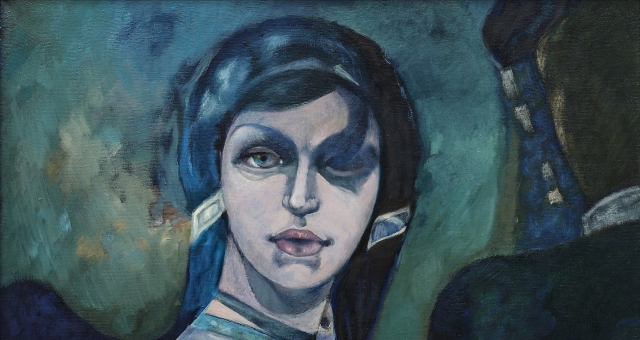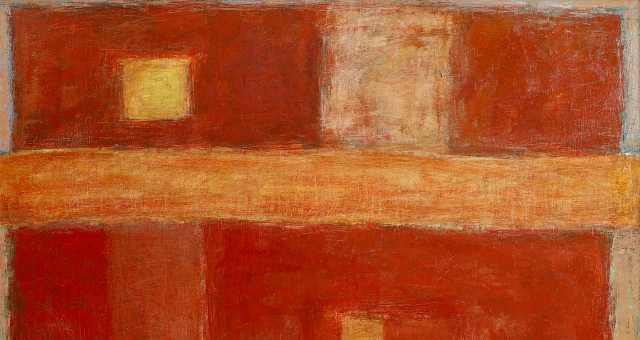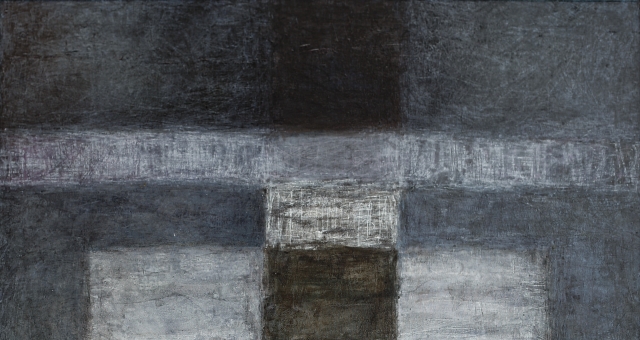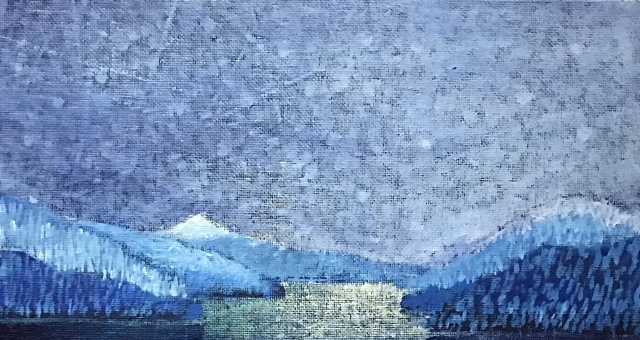On the 2nd of July, the City Gallery in Wrocław will become a display venue for paintings by three artists living and working in Głogów: Telemach Pilitsidis, Małgorzata Maćkowiak and Roma Pilitsidis. The title of the exhibition, which reads “Myths, Symbols and Abstractions, that is the Głogów Triptych”, draws attention to extra-visual categories which could be used to perceive artworks by the three artists.
Undoubtedly, what binds the artists from Głogów together is their consistent creative strategy, consisting in appreciating the painting medium both on the level of visibility itself and the level of subconsciousness, intuition, associations and metaphors activated when communicating with an art work. Thus, by entangling image in symbolic narrations, Telemach Pilitsidis, Małgorzata Maćkowiak and Roma Pilitsidis restore its intellectual quality.
In their attempts to make the invisible visible, the Głogów artists apply various aesthetics and craft solutions. The pieces by Telemach Pilitsidis, marked with a metaphysical element and striving for a colour order, resonate with echoes of pieces by Picasso, Rembrandt and Goya, as well as that by Jerzy Nowosielski, Telemach’s mentor from studies completed at the Academy of Fine Arts in Krakow. Małgorzata Maćkowiak’s painting, however, balances between abstraction and representation. It arises from the reflection on the symbol, writing and – in general – sign. By means of her paintings the artist points to the eternal interpenetration of macro- and microcosms, searching for the lost unity of all things – balance and truth that connects humans with nature, the Earth and the cosmos. Roma Pilitsidis, on the other hand, through colourful and geometric compositions, infuses Malevichian objectlessness with pure, vivid feelings accentuated with both harmony of colours and a sharp painting gesture.
The “Myths, Symbols, Abstracts /Głogów Triptych” exhibition, however, is not only an attempt to direct viewer’s reflection to the sphere of experience and imagination. It also strives to examine how art which develops away from the main Polish art centres forms, what topics it takes up and where it heads.
Curator: Mirosław Jasiński









